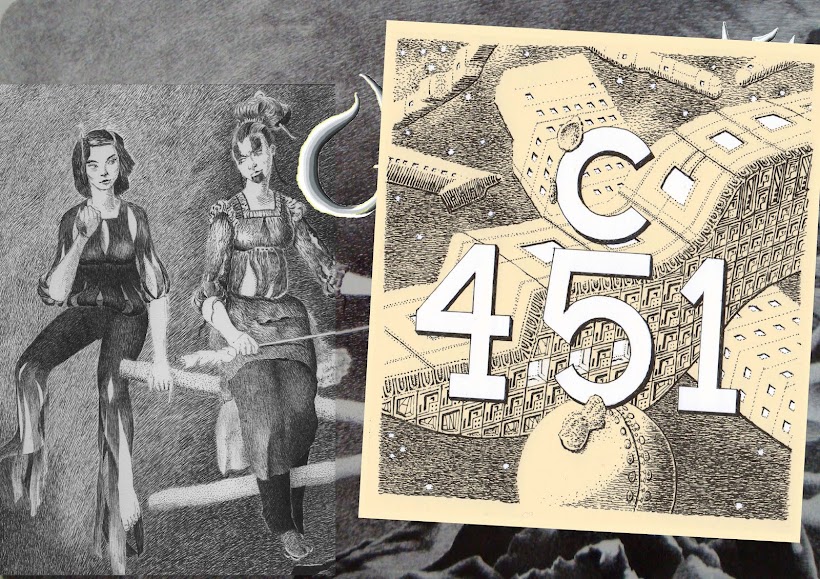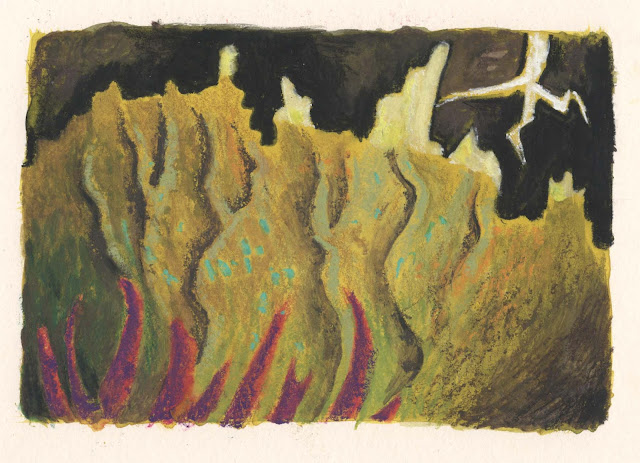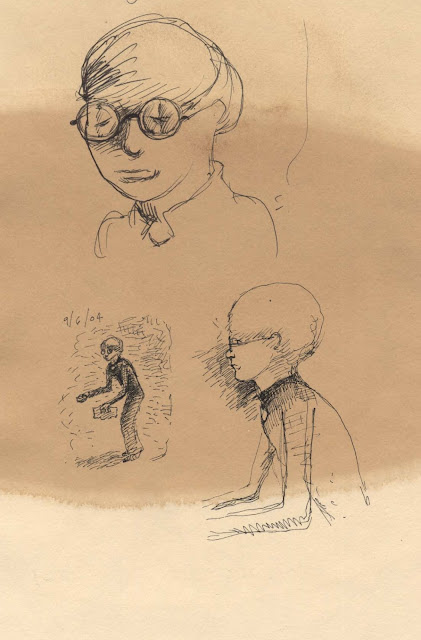Only read on if you want to see stages of development, there are no plot spoilers.
I looked at these covers which gave me an idea of what to develop. All I knew was I wanted to include the orbital.
I set out to do my version of the book cover, as you can see a wraparound design in the sketch.
From the sketch above I upscaled the right page to some heavyweight A3. Organising flightpaths of shuttles, vapor trails and improving detail.
I realized the mistake of adding text to the artwork, at the top this worked into the artwork.
At the bottom the text was erased as I would later stitch two A3 drawings in photoshop.
Like in other work of late objects in the mid and foreground have a strong black outline. Since the Iain M. Banks tribute piece I have used techniques from Piranesi etchings. Objects you want highlighted are drawn out exactly as if you were designing a tattoo, keep it simple and bold. Up close it can seem crude and basic but it lifts objects crisply from the background.
As I worked on it I opted instead for a longer vertical composition with the intention of including hovercraft in the mid-ground with visible passengers to give a sense of scale. So much for the book cover! A poster then.
I had a chance to include fluid dynamics in the circlesea in the wake of the hovercraft. The swirls and eddies give the composition a bit of interest and mood and came from Da Vinci's studies of water movement.
Finally this included Perosteck Balveda in the foreground pondering the scene. In terms of the narrative this is a made up event during the evacuation of a megaship, Balveda has just arrived at Vavatch orbital and perhaps it's at the point that Kraiklyn's crew are en route to Vavatch. Without giving anything away it seems Balveda really struck me, which is why I included her and not a gun toting Horza.







































